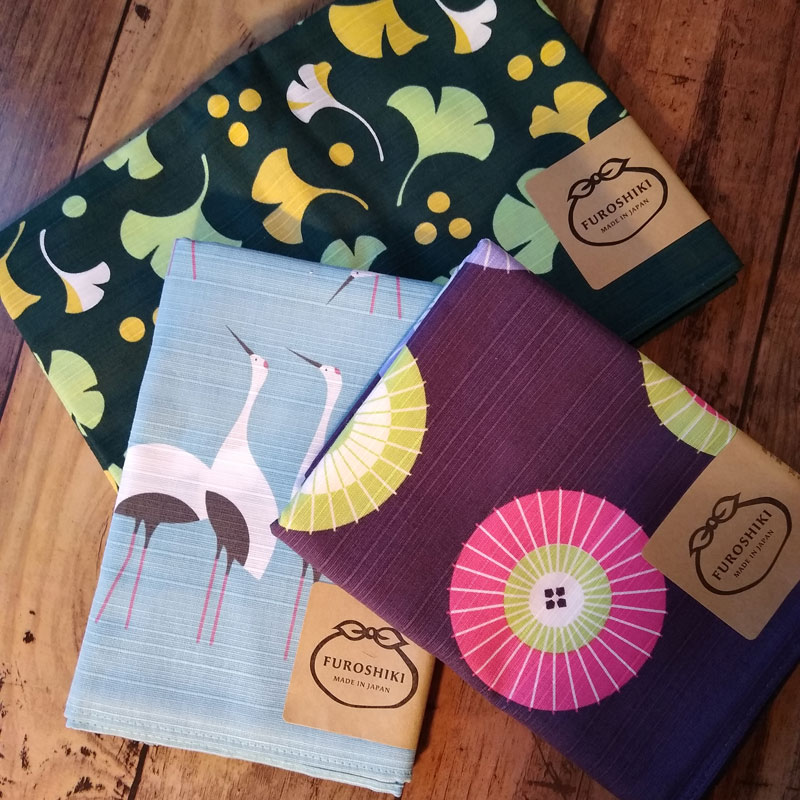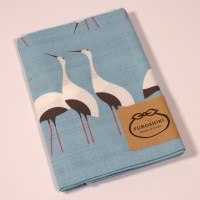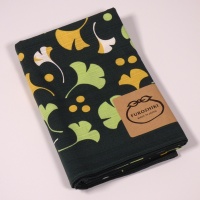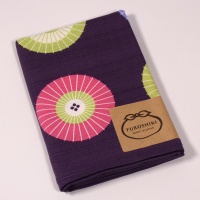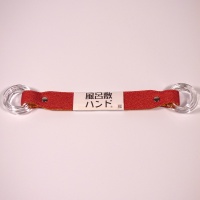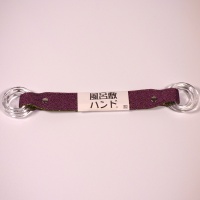This useful square of fabric is becoming more talked about outside of Japan as an alternative to disposable wrapping paper. But can we really use it here in the West?
As we all become more conscious of what we waste and throw away, it’s interesting how traditional methods often supply the answers to reducing what ends up in the trash. And ‘traditional’ is something the Japanese do very well!
One item that is pertinent to think about at this time of year is wrapping paper. I never considered wrap for Christmas and birthday presents to be an issue because I thought it would just be recycled like all the other paper I put out. However, more recently it has been highlighted as a problem because so much of the ‘paper’ is actually plastic, metallic or covered with glitter and cannot be recycled.
Enter the traditional Japanese furoshiki.
Put simply, a furoshiki is a square of cloth. They come in different sizes, suitable for different purposes. A small one of around 50cm square is good for smaller gifts but they can be as large as 100cm square which would be great for transforming into a tote bag or backpack. Really luxurious ones are made of silk but a good quality one will be made of 100% cotton. They are often printed in traditional Japanese ways and, of course, you can find a huge choice of traditional or modern, colourful or muted designs.
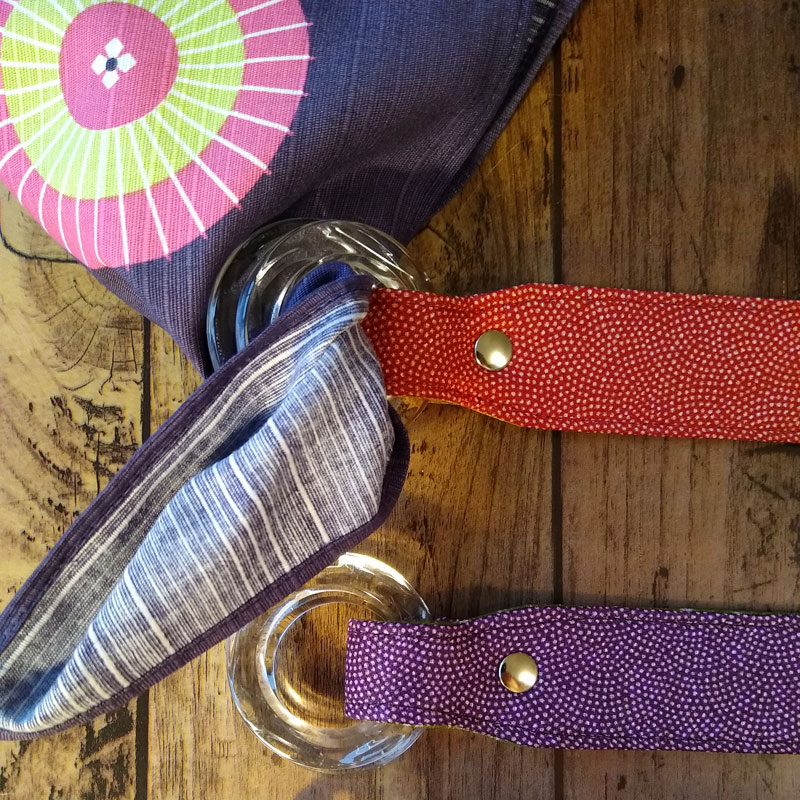
I heard about furoshiki many years ago when I worked for a Japanese company. Gift giving is a big part of Japanese culture and using a furoshiki to wrap and carry your gift is normal practice.
But in addition to wrapping presents, furoshiki are used to wrap and carry bento boxes (Japanese lunch box), water bottles and books and can also be folded to form a bag or even a rucksack for carrying general goods and shopping. Combine it with a specially made handle and you've got a cute and individual handbag. Usually the fabric is so beautiful that it could also be used as a scarf or belt. A small furoshiki bag will go beautifully with your kimono or yukata.
It’s this kind of multi-purpose potential that makes an item like this so useful and means that it will be kept, treasured and used over and over again.
So how does all that work over here in the West? You can find lots of tutorials and videos online showing you how to wrap different kinds of goods, from lunch boxes to gift boxes to bottles of wine. Some are easy and some are more advanced but the thought and creativity that can be seen in the wrapping will definitely impress the recipient.
And arriving at a party with a beautifully wrapped bottle or two is bound to become a talking point. In Japan, when you receive a gift wrapped in a furoshiki it’s usual to return the cloth to the person who gave the present but how about gifting it to your host as an extra ‘thank you’?
Outside Japan, it probably seems like a strange idea to return the wrapping after you receive a present. And perhaps one day we’ll get used to that notion but in the meantime, I think it’s a wonderful idea to pass on the concept of ‘reuse, reduce and recycle’. Maybe one day furoshiki will be commonplace here too!
Shop for Japanese Furoshiki


